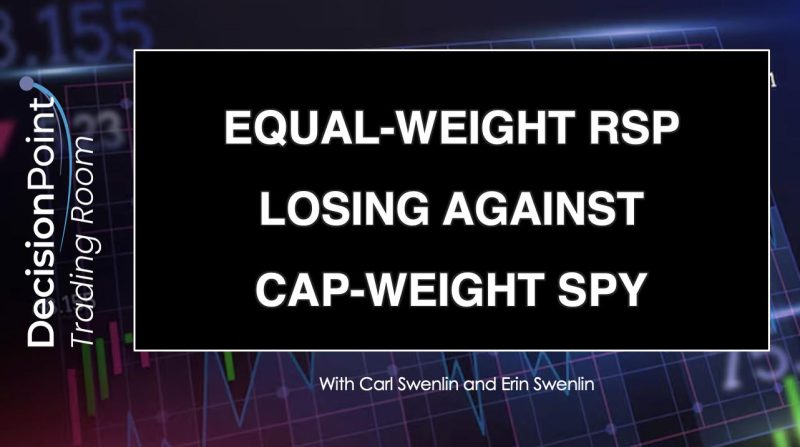
Boost Your Trading Game: Even Playing Field vs. SPY with DP Trading Room
The Debate on Equal Weight vs. Cap Weight in SPY
In the world of trading, investors and analysts often find themselves caught in debates about which investment strategy is most effective. One such debate revolves around the use of equal-weight and cap-weighted index funds. Specifically, when it comes to the SPDR S&P 500 ETF Trust (SPY), proponents of each method ardently defend their chosen strategy. However, the question remains – is one approach truly better than the other, or do they each have their unique advantages and drawbacks?
Equal-weight index funds assign the same weight to each stock in the index, regardless of the company’s market capitalization. On the other hand, cap-weighted indexes allocate more significant weight to companies with higher market capitalizations. Proponents of equal-weight strategies argue that this approach provides a more balanced and diversified portfolio, reducing the impact of individual stock fluctuations on overall performance. Meanwhile, supporters of cap-weighted indexes point to the market’s natural tendency to reward larger companies with more significant market capitalizations, leading to potentially higher returns.
When comparing the performance of equal-weight and cap-weighted index funds tracking the S&P 500, several key considerations come into play. Historically, equal-weight indices have outperformed cap-weighted ones during certain periods, especially when smaller companies within the index experience growth spurts. Proponents of equal-weight strategies highlight the potential for capturing these gains by avoiding an overconcentration in larger companies. On the other hand, cap-weighted indices tend to benefit from the outperformance of mega-cap stocks, which can significantly impact overall returns.
Another critical aspect to consider is the inherent turnover in equal-weight index funds, which may result in higher trading costs and tax implications for investors. Rebalancing the portfolio to maintain equal weightings requires selling winners and buying losers, potentially leading to increased transaction expenses. In contrast, cap-weighted indexes naturally adjust allocations based on market capitalization changes, minimizing the need for frequent rebalancing.
Ultimately, the choice between equal-weight and cap-weighted strategies depends on individual investor preferences and risk tolerance. While equal-weight funds offer a more diversified approach with the potential for outperformance in certain market conditions, cap-weighted indices provide exposure to market leaders that may generate significant returns over time. Investors seeking a more conservative, stable approach may opt for cap-weighted funds, while those comfortable with higher volatility and potential upside might lean towards equal-weight strategies.
As with any investment decision, thorough research, consideration of personal financial goals, and consultation with a financial advisor are essential. While the debate between equal weight and cap weight in trading the S&P 500 rages on, the best strategy ultimately depends on individual circumstances and preferences. By assessing the merits and drawbacks of each approach, investors can make informed decisions to align with their financial objectives and risk tolerance.
